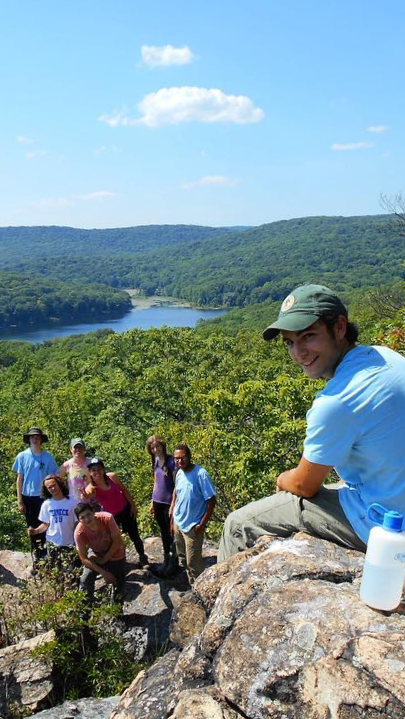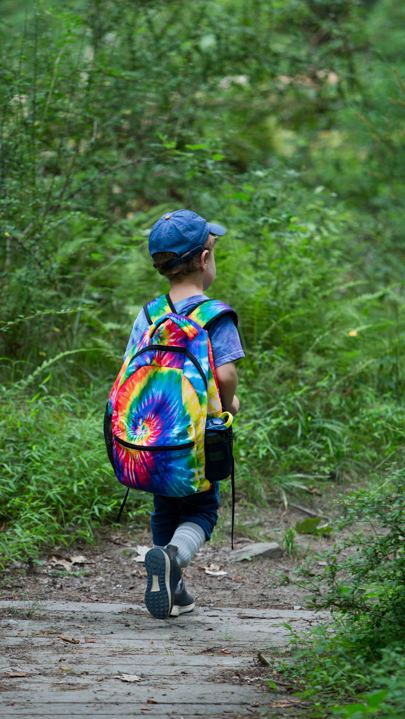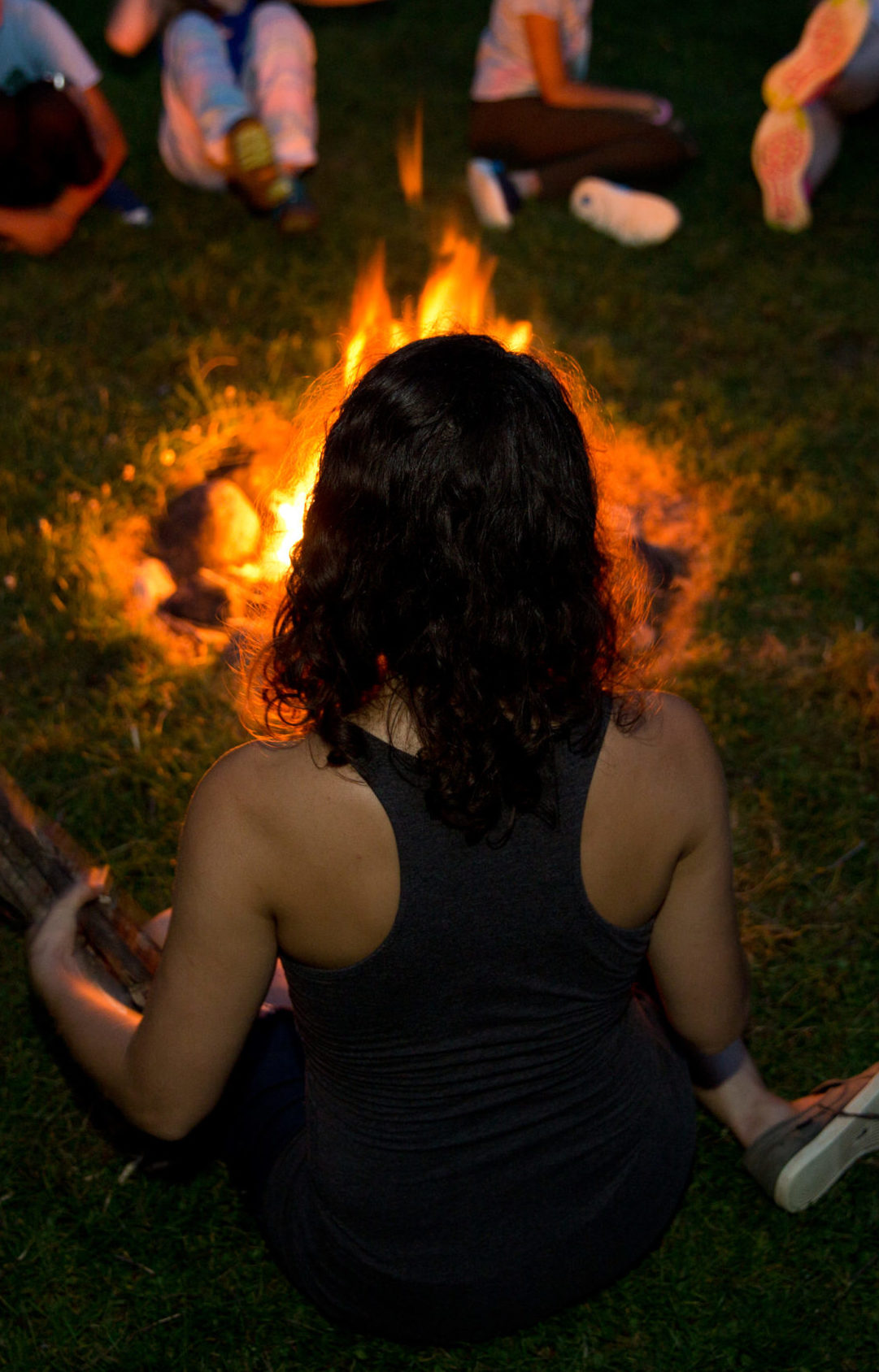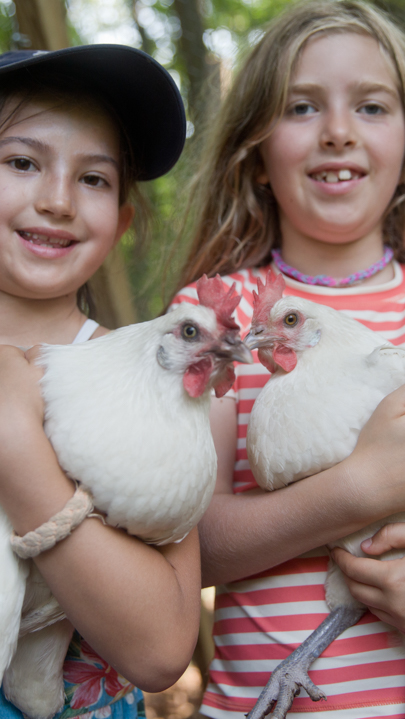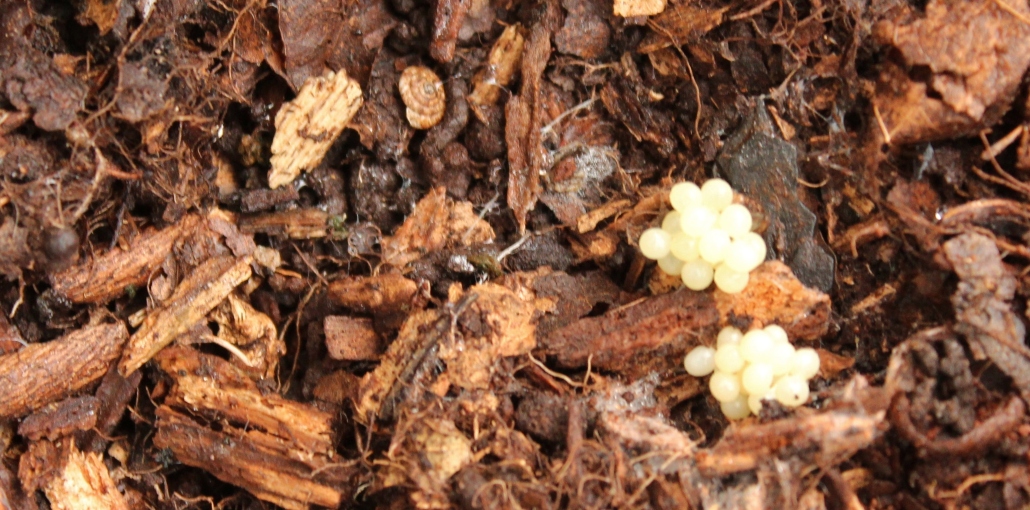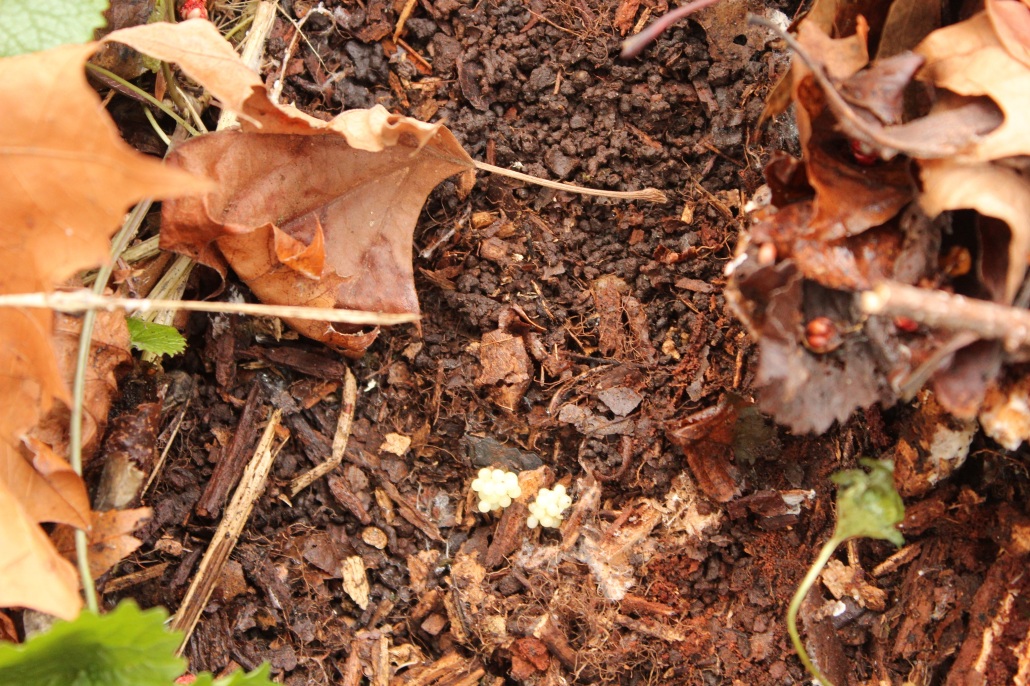Ed's Corner
Ed’s Corner
December 17, 2014
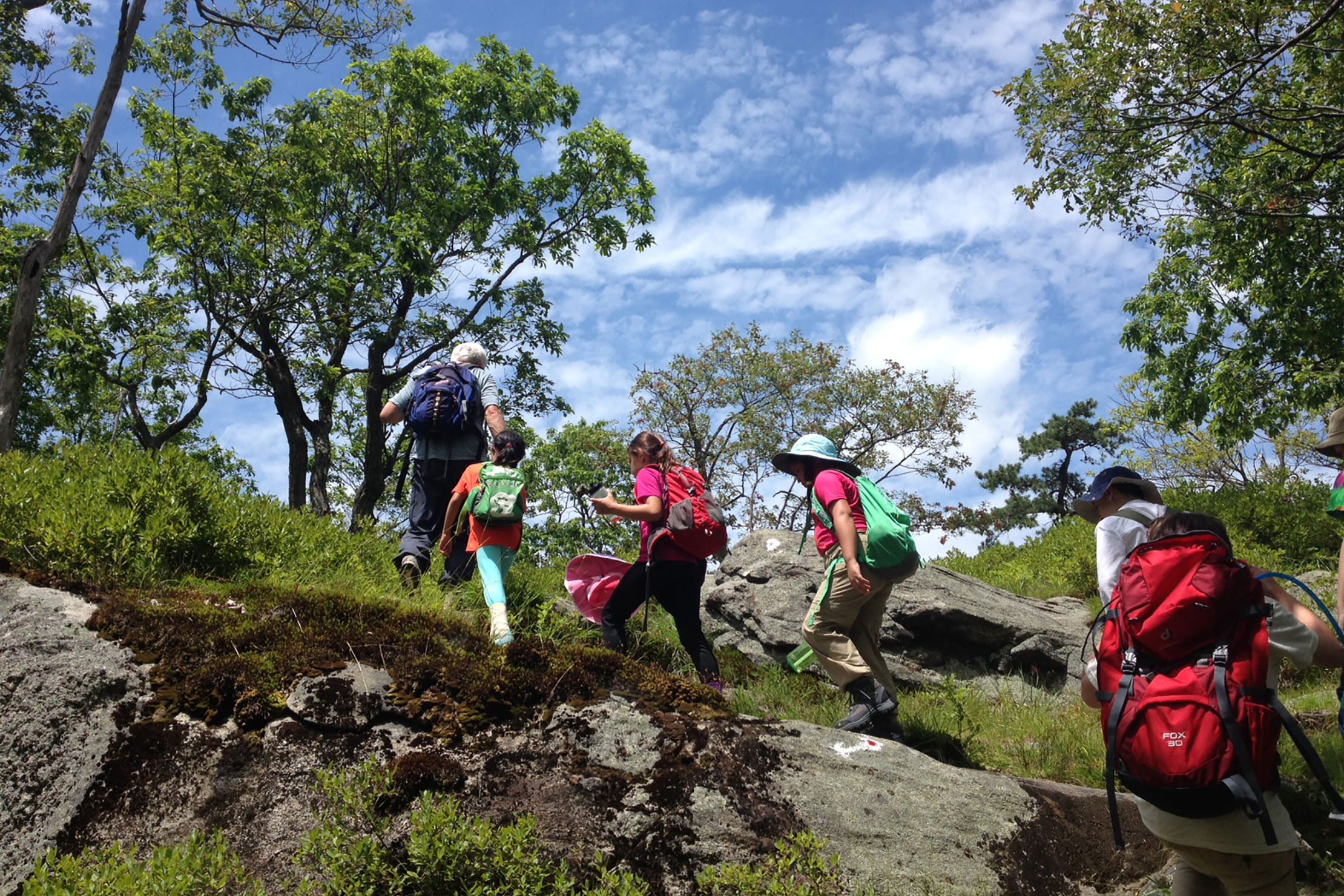
It is now a few days before the official first day of winter, which arrives on Sunday, December 21st. This day, the shortest day of the year (least hours of daylight) is known as the Winter Solstice. Soon after this day the sun will be in the sky for an increasingly longer smidgen of time each day. These smidgens do add up and it’s usually around the third week of January that I become aware, almost by surprise, of more light and a different quality to the light.
These weeks preceding the Solstice can be dark, gray, and can offer up, even now as I write this, cold rainy windswept days. Br-r-r. Thoughts of sitting by the fireside, sipping hot chocolate, even a nap, dance through my head. And as I sit next to the fireplace, warmed once again by the sun’s energy, some of which is now being released by way of the burning wood, I begin to think of all the amazing things that are part of the natural world, at this very moment, not very far from where I am or you are:
- Under a nearby rock, which is probably frozen to the ground, there may be an overwintering bald-faced hornet queen.
- Under a board or a large branch that has been on the ground for some time, there might be a small mound or two of round, white eggs. These slug eggs – yes, that’s what they are! – remind me of small stacks of cannonballs, the kind that I have seen at historical restorations.
- On the coldest days many of our common winter birds puff up their feathers for more insulation. I know it’s not an ornithological phrase, but they sure do look cute.
- Think of the lakes, ponds and puddles that are now frozen or beginning to freeze. Because of the special properties of water, ice forms from the top – the surface – downward. Just imagine the problems, especially if you were a water denizen, if a pond or lake froze from the bottom up.
- The leafless deciduous trees and shrubs now reveal their skeletons, their branches. One can find and feel wart-like bumps on the tips and along the lengths of thinner branches. These buds hold the future. Even though they may appear dead and lifeless, there is life inside each one, the leaves and/or flowers for next spring! These buds were ‘made/finished’ even before the end of last summer and are now just patiently waiting – maybe like some of us – for the spring that will follow this winter.
- Tucked into the crevasses and recesses of the bark of trees you may find what looks like a dead-looking (but very much alive) lightning bug, called a soldier beetle. These soldier beetles, so called because the red pattern on some resemble the British Redcoats, are related to the firefly family but do not produce light. They are good for our gardens because they eat aphids and other pests, and also help in pollination.
- If you are sitting in your fireside chair in the evening, around the time of the full moon, you may notice, as the fire goes out, that there is still light in the room. That’s thanks to the full moons of winter, when the moon remains in the sky for a much longer time than during other seasons. The winter full moon follows a similar path in the sky that the summer sun does. It follows a high path across the sky, stays above the horizon longer, and thus is ‘up’ for a longer time.
- You think green has gone? Not so. Now that many trees have lost their leaves the evergreens (trees and shrubs) stand out more, especially with a snowy white background. There are amazing greens on the sides of many trees – lichens, moss, algae – that can make for a riotous panoply of green!
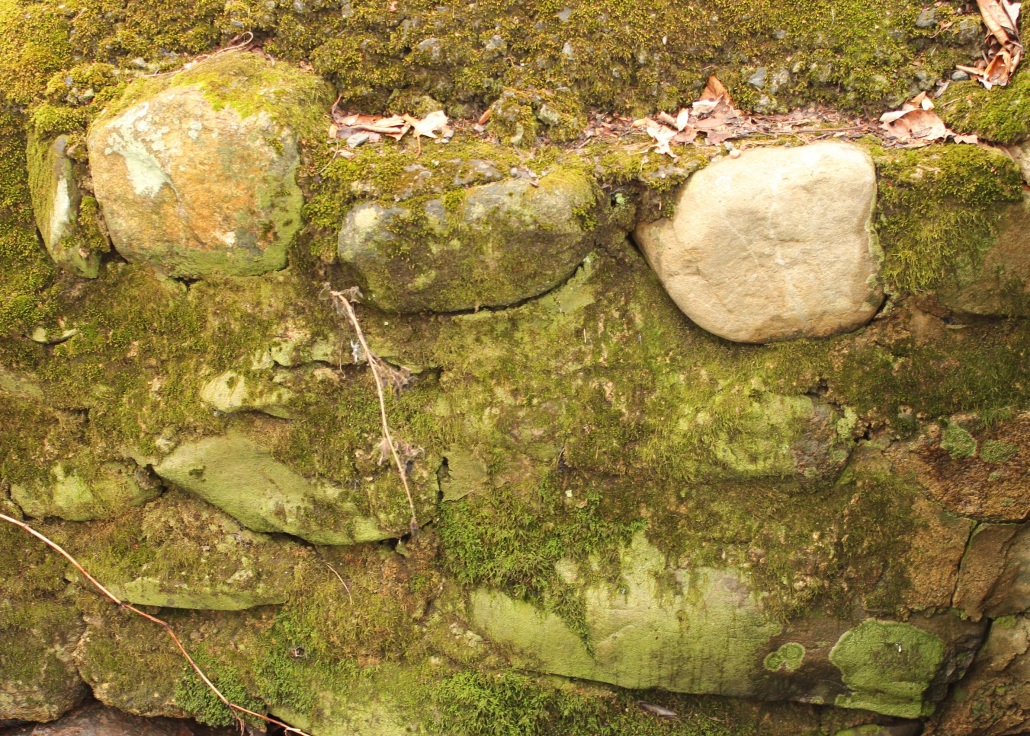
- And somewhere out in the woodlands there are, dug into the earth, the thumbnail-sized spring peeper frogs, waiting for the right combination of day length and warmth to signal them to wake and make their way toward a vernal pond or other nearby wetland. Once there, hundreds of males let loose their mating call of ‘Pe-ep! Pe-ep!’, the primordial sound of the earth awakening to spring.
- And then, around the end of the first week of February, even from my fireside chair, I get a feeling in my body, some kind kind of unbidden knowing, that the sap is moving within the maple trees. and that sugaring time is nigh.
- And if it’s snowing outside while you’re tucked warmly inside, consider the many millions of flakes that are falling, and the belief that no two flakes are alike. As we like to say at camp, ‘Ooh, Ah, How can it be?’.
And all of this and more is ‘happening’ as you’re sitting in that comfy chair by the fire. You can just think about these wonders of nature or even go outdoors and check them out.
Under the snow
drifts
the blossoms are
sleeping
Dreaming their
dreams of sunshine and June.
-Harriet Prescot Spofford

